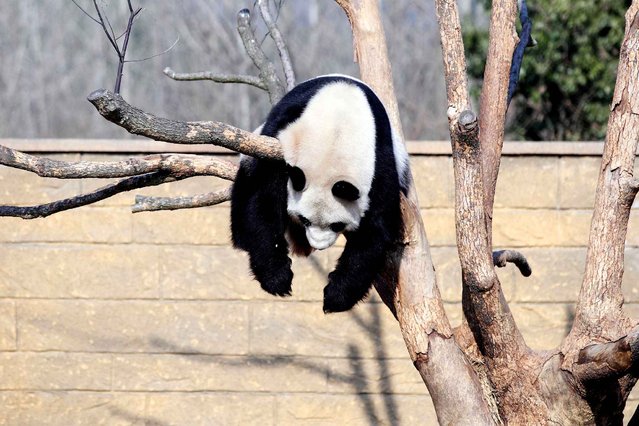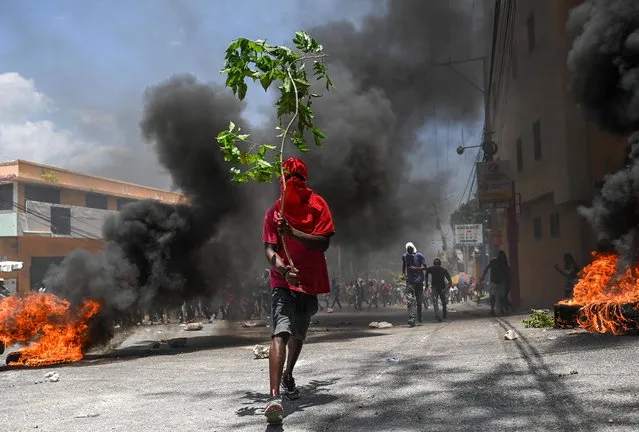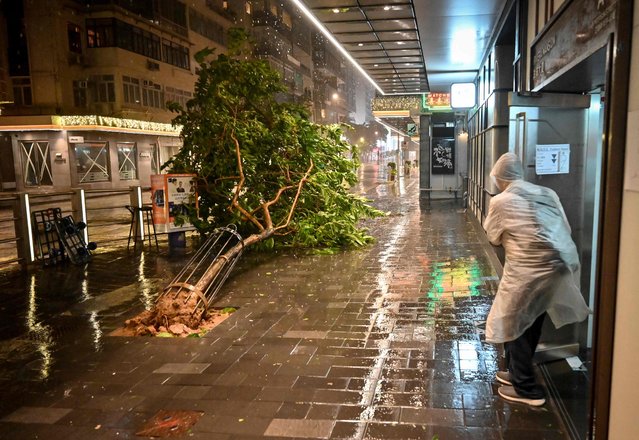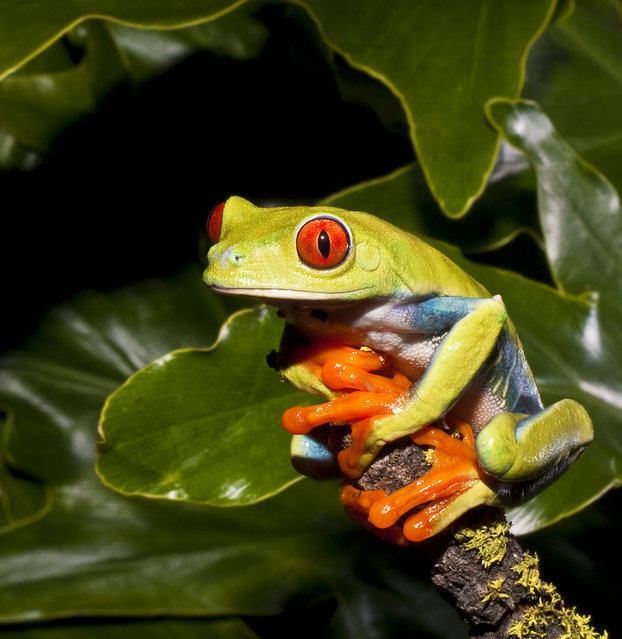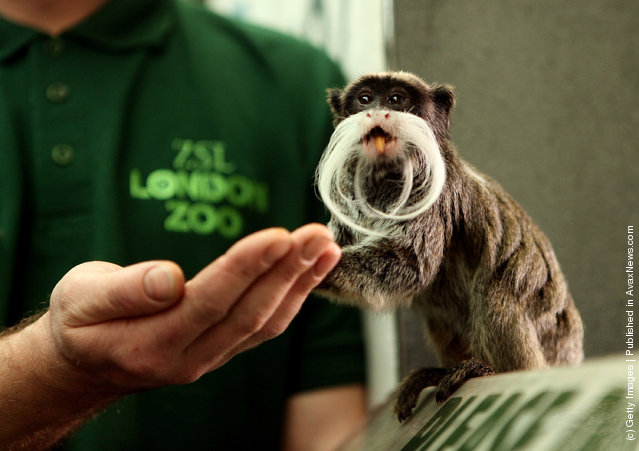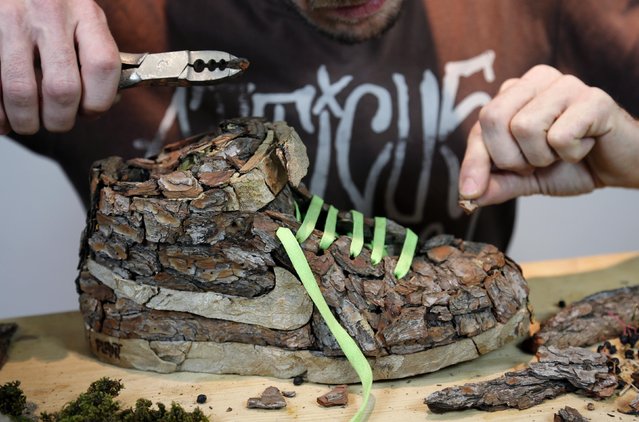
French artist Christophe Guinet, also known as “Mr Plant”, works on his plant shoe creation “Wood”, part of the artistic project “Just Grow It”, in his art gallery in Marseille, November 25, 2014. Guinet transforms name-brand Nike sneakers, cult footwear for urban youth, into vegetable compositions, creating a collection of artwork with trainers modified with tree bark, foam and flowers. (Photo by Jean-Paul Pelissier/Reuters)
29 Nov 2014 12:32:00,post received
0 comments

